Cutting back vegetation
Overgrown vegetation like nettles, brambles, trees or bushes can block a footpath. We clear these with shears, hedge cutters, saws, loppers and strimmers. This almost impassable path was at Luddenden Dean.
Occasionally, with help from friends with a chainsaw, we clear fallen trees.
Himalayan Balsam is a problem. We clear any that encroaches on paths, but for other locations see our balsam guide.
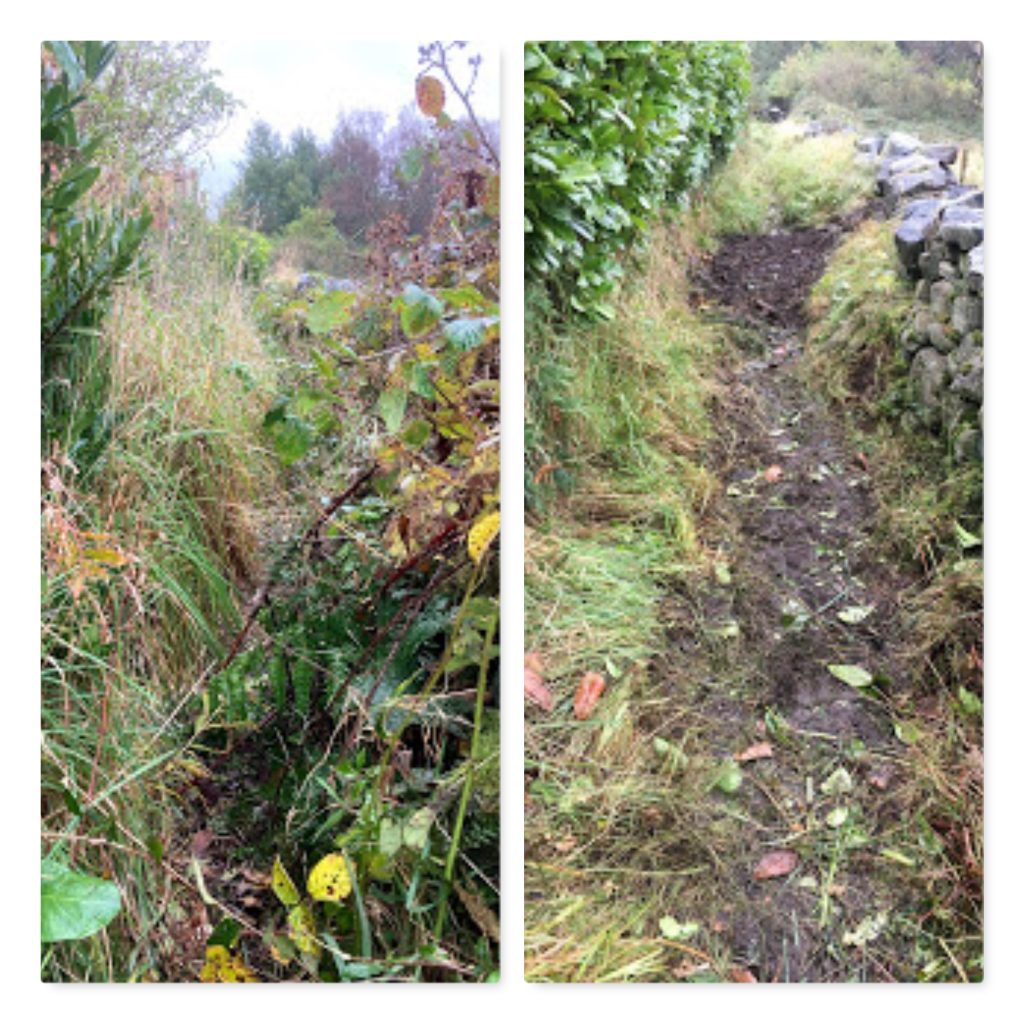
Improving drainage
A path may be muddy with detritus which we scrape off. Where water is running over the path we create ditches and drains, or even divert water courses. Azads, spades, shovels and mattocks are the tools for this work.
This shows a drain cleared out alongside an old causey path.
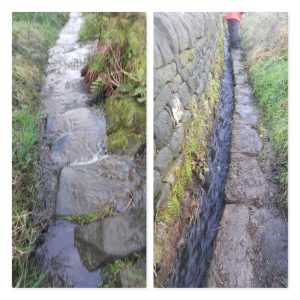
Widening and improving path surfaces
Paths can get very narrow and difficult to walk. Widening a path involves using azads, spades and mattocks. On steep hillsides paths can become unstable, so we put in wooden revetment to hold up the edge. One of our favourite jobs is uncovering ancient causey stones that have been covered by grass.
This path is above Sandy Brook at Barkisland.
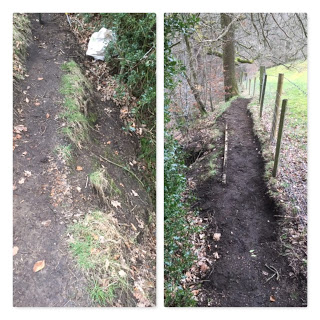
Repairing stiles and gates
Many stiles were built more than 20 years ago, and the Pennine weather and livestock take their toll.
New tread boards, new uprights and new rails are often needed. Hammers, saws, drills and other carpentry tools are used on these jobs.
This impassable stile was on a path below Burlees Lane, Hebden Bridge.

Constructing and repairing steps
Old stone steps can become overgrown and need clearing, and wooden steps eventually rot. Over time slopes can become eroded and very slippery.
One way of dealing with this is to install a new flight of steps. Hammers, saws, drills and other carpentry tools are used on these jobs together with the big steel bar.
These steps are at Widdop Gate.
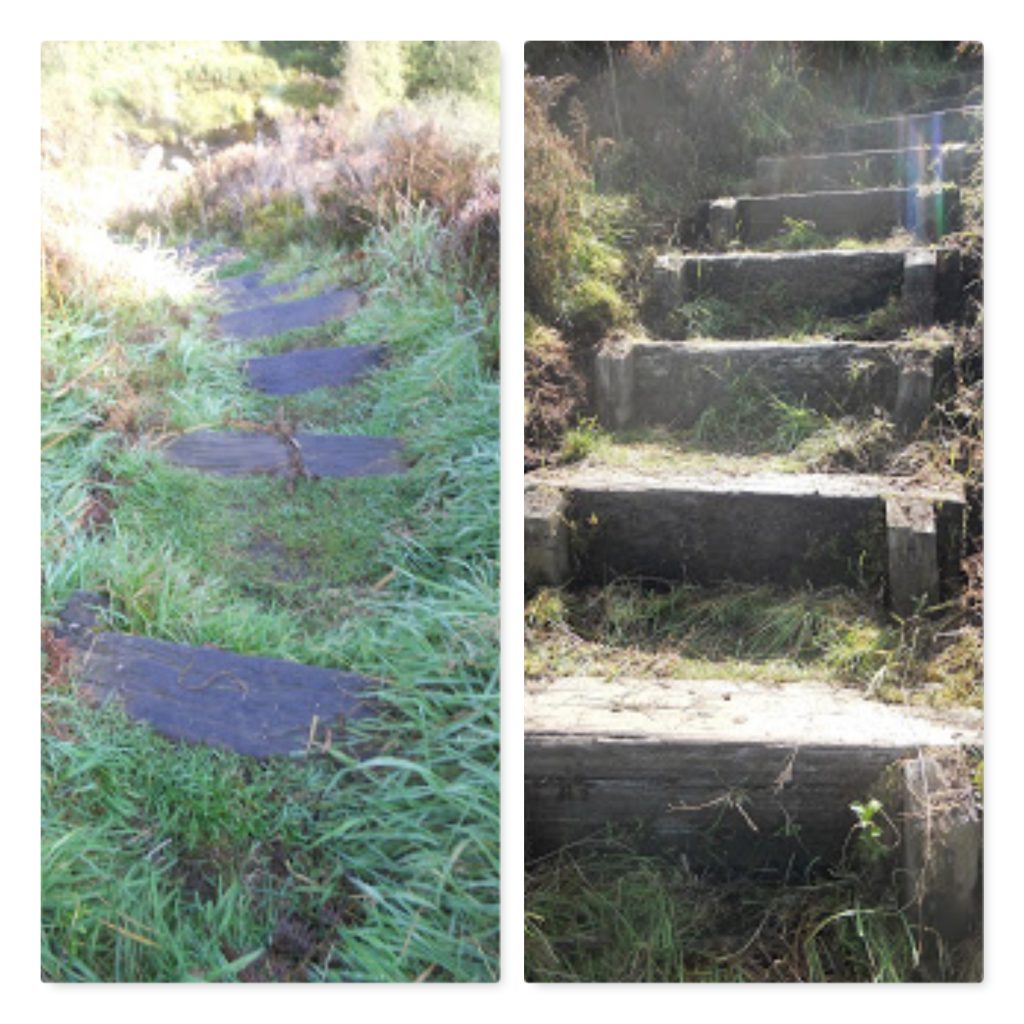
Constructing and repairing boardwalks
Boardwalks get people across marshy ground where we can’t channel the water away from the path. Eventually these need repairing – usually to replace rotten or broken slats.
Sometimes we add staples to the boards to give people a better grip. The boardwalk is firmly fixed to the ground by long pegs hidden under the slats.
This boardwalk is above Mytholmroyd.
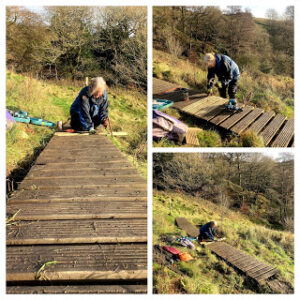
Repairing stone walls
We usually have to repair walls where there is some kind of stile. Walls start to disintegrate where sheep climb over or where the stile getting a lot of use.
Hammers and stone chisels are the main tools, but more importantly we need our two experienced wall builders, as they have the eye for the right stone in the right place.
This wall is at Shackleton above Hardcastle Crags.
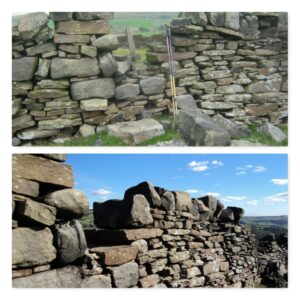
Constructing and repairing bridges
Wooden bridges face the same problem as boardwalks with rotten or broken slats. Occasionally we have to rebuild a bridge if the main beams have broken.
For this work we use hammers, nails and staples. We secure the bridge to the ground on each bank of the stream by driving long pegs into the ground with a heavy crowbar.
This bridge crosses Hippins Clough at Blackshawhead.
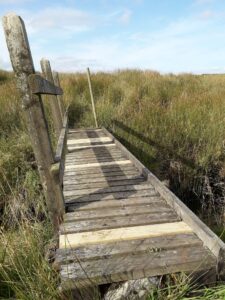
Waymarking
More people are walking without maps and rely on waymarks – “The reassurance of the little yellow arrow” as someone put it.
We use finger posts, low waymark posts, and individual waymarks. Across moors we use yellow topped posts to make sure people don’t get lost in the mist.
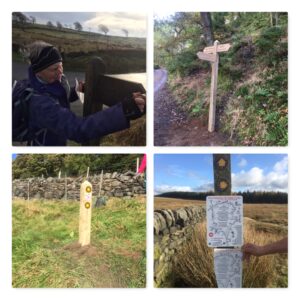
Surveying and inspecting
Sometimes we walk along a published route to make sure it is in reasonable condition, and at the same time we add waymarks where needed.
When someone reports a problem, we usually go and inspect it to see how long the job will take and what materials and tools will be needed.
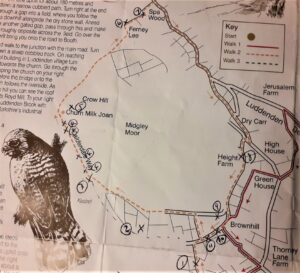
Three large completed projects
Erringden Moor boardwalks
Gaddings Dam
Tod tops access boards
More information about what we do
We have a more detailed blog of photos and information, which is completed after each of our work parties.
We have also produced a small brochure that describes CROWS, what it does and how it works. You can download the CROWS Brochure here.
Our depot
We are based in Mount Shed below Banksfield Estate in Mytholmroyd. We are very proud of our depot organisation – it is the engine that powers our work.
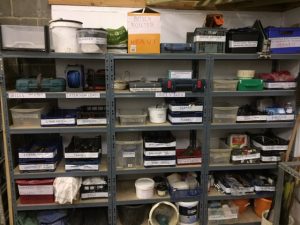

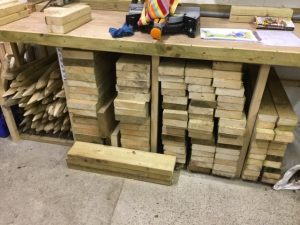
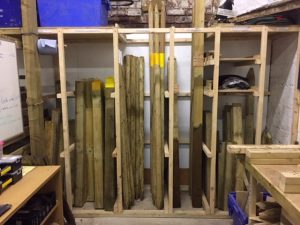
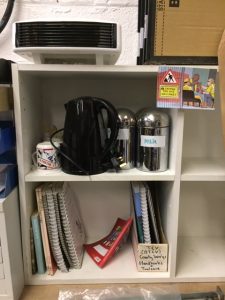
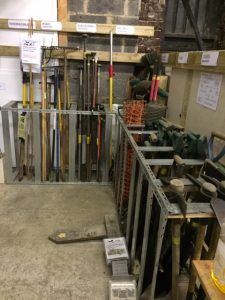
The legal framework for our work
There are some legal constraints to what we can do. More information about the legalities of working on Rights of Way.
Lost paths
England and Wales have about 140,000 miles of footpaths, but it is estimated more than 10,000 have been lost from current maps. We encourage people to rediscover them and put in legal applications for their recovery before the government deadline in 2026 after which claims will no longer be accepted.
If you know of a lost footpath, first find out if it is an existing Right of Way. Go to the council’s mapping site. Select Rights of Way in the left hand index. You will then see all the Rights of Way appear and just have to expand the view.
If it is not a Right of Way, but it is clearly well used, you will need to put in an claim. To do this you can contact Calderdale Highways, or perhaps your first port of call should be the Ramblers, whose website gives clear advice on how to identify a lost path and make an application. The method involves comparing new and old maps, plus examination of historical sources. Walking and exploration is involved, but don’t forget that a lost path has to be proven before you can use it, otherwise you are trespassing.
Community Rights of Way Service – a poem
Who opened up these moors CROWS
Who cut holes in the wire CROWS
Who rebuilt these dry stone walls CROWS
Who built these stiles CROWS
Who hung all these new gates CROWS
Who built these new bridges CROWS
Who dug all these ditches CROWS
What tool do they use CROWBARS
Who shows the direction to go CROWS
Who pays for all of this? Not sure Who pays towards some of this? CROWS
There is a need to CROW about it
Graham Ramsden
